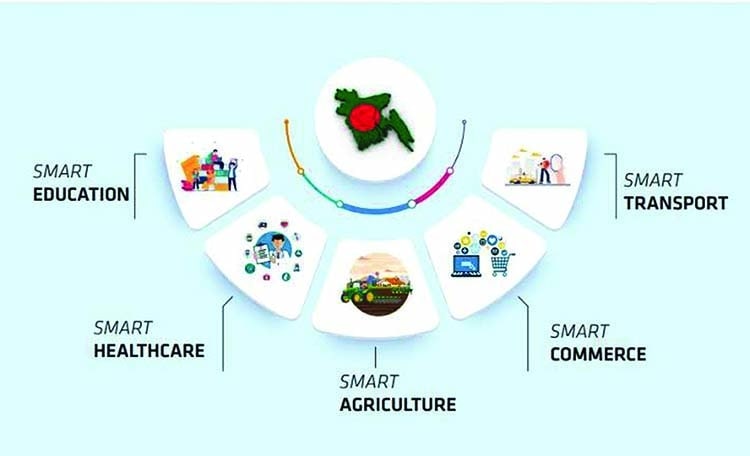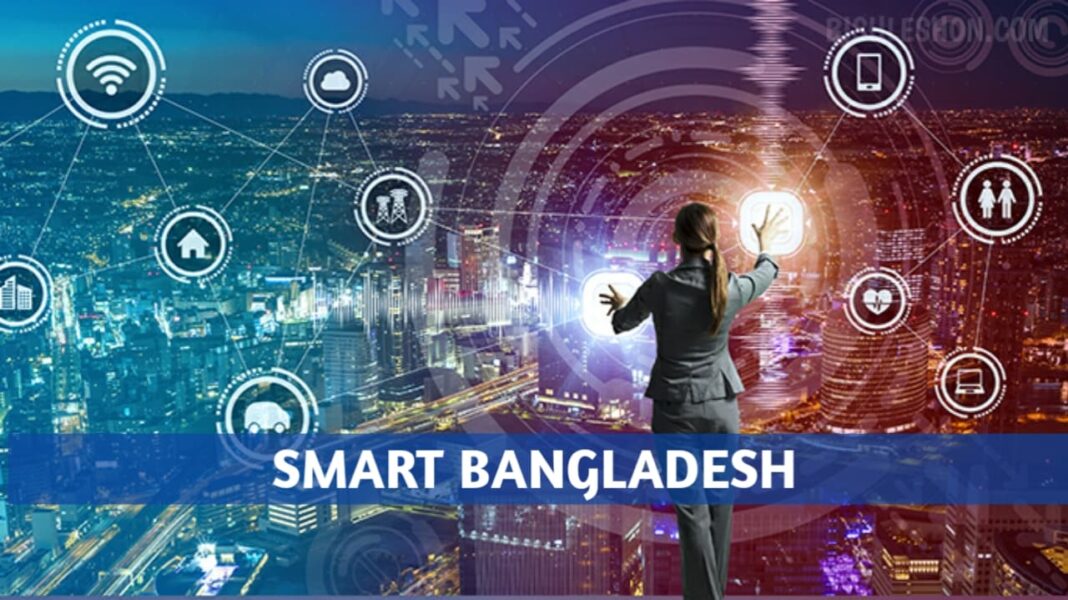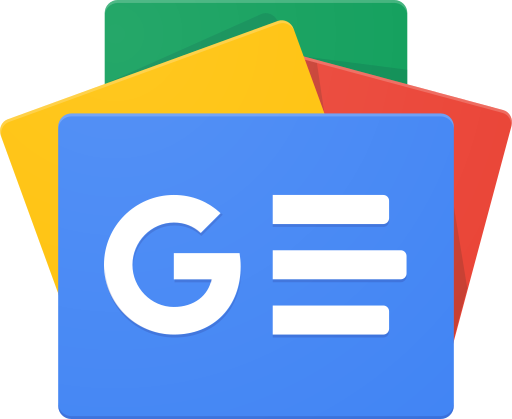The world is rapidly changing, and so are the ways of doing things. Bangladesh has been on a journey of digitization and automation, which has given birth to the concept of Digital Bangladesh. While this concept is commendable, it falls short of the expectations of a modern society. As a result, the idea of Smart Bangladesh has emerged, which goes beyond digitization and focuses on using technology to improve the quality of life and promote sustainable development. This article aims to explore the difference between Digital Bangladesh and Smart Bangladesh, the advantages and disadvantages of each, and the challenges and opportunities they present.
Table of contents
What is Digital Bangladesh?
Introduction to Digital Bangladesh
Digital Bangladesh is a vision and goal set by the government of Bangladesh to transform the country into a digital economy by 2021. The concept of Digital Bangladesh is centered on the application of information and communication technologies (ICTs) in various sectors, including education, health, agriculture, and governance.
Also Read— What is Smart Bangladesh? Pillers, Challenges, Opportunities, Future of Smart Bangladesh
Goals and Objectives of Digital Bangladesh
The primary goal of Digital Bangladesh is to use ICTs to accelerate economic growth, create employment opportunities, reduce poverty, and improve the quality of life of citizens. The objectives of Digital Bangladesh include developing a digital infrastructure, promoting e-governance, enhancing the skills of human capital, and establishing digital access for all citizens.
Achievements of Digital Bangladesh
Over the past decade, Bangladesh has made significant progress in digitization, with the penetration of mobile phones, the internet, and social media. The government has also launched various initiatives to promote digital literacy, e-commerce, and online services. Bangladesh has ranked 115th out of 190 countries in the 2021 Digital Economy and Society Index (DESI) report, indicating the country’s progress in the digital economy.
What is Smart Bangladesh?
Introduction to Smart Bangladesh
Smart Bangladesh is an advanced version of Digital Bangladesh that emphasizes the use of emerging technologies to enhance the quality of life, promote sustainable development, and improve governance. Smart Bangladesh goes beyond digitization and focuses on creating a smarter, more connected, and more efficient society.
Goals and Objectives of Smart Bangladesh
The goal of Smart Bangladesh is to use technology to create a smart and sustainable society that benefits all citizens. The objectives of Smart Bangladesh include creating smart cities, promoting smart education, developing a smart economy, and establishing smart governance.
Key Features of Smart Bangladesh
The key features of Smart Bangladesh include the use of technologies such as the Internet of Things (IoT), Artificial Intelligence (AI), and Big Data Analytics to create a connected and intelligent ecosystem. Smart Bangladesh also emphasizes the use of renewable energy, waste management, and efficient transportation to create a sustainable environment. Moreover, Smart Bangladesh aims to provide affordable and accessible healthcare, education, and other public services using digital technologies.
Differences between Digital Bangladesh and Smart Bangladesh
Technology Focus
Digital Bangladesh mainly focuses on the use of ICTs to digitize various sectors, while Smart Bangladesh emphasizes the use of emerging technologies such as IoT, AI, and Big Data Analytics to create a smarter and more connected ecosystem.
Scope
Digital Bangladesh has a broader scope, covering various sectors, including agriculture, education, health, and governance. Smart Bangladesh, on the other hand, focuses on creating smart cities, promoting smart education, developing a smart economy, and establishing smart governance.
Goal and Objectives
Digital Bangladesh aims to transform the country into a digital economy by 2021, while Smart Bangladesh aims to create a smart and sustainable society that benefits all citizens.
Implementation
Digital Bangladesh has been implemented mainly through government-led initiatives, while Smart Bangladesh requires collaboration between the government, private sector, and citizens.
Advantages and Disadvantages of Digital Bangladesh
Advantages
- Improved access to information and services
- Increased efficiency and productivity in various sectors
- Promotion of e-commerce and digital entrepreneurship
- Creation of employment opportunities in the ICT sector
Disadvantages
- Limited access to digital infrastructure in rural areas
- Digital divide between urban and rural areas
- Cybersecurity threats and risks
- Dependence on foreign technology and expertise
Advantages and Disadvantages of Smart Bangladesh
Advantages
- Creation of smart and sustainable cities
- Promotion of renewable energy and waste management
- Enhanced access to quality education and healthcare
- Efficient and transparent governance
Disadvantages
High implementation costs
- Dependence on foreign technology and expertise
- Limited awareness and adoption of emerging technologies
- Resistance to change and cultural barriers
Challenges and Opportunities
Challenges of Implementing Digital Bangladesh
- Limited digital infrastructure and connectivity in rural areas
- Lack of digital literacy and skills
- Limited access to financing for digital startups
- Cybersecurity threats and risks
Opportunities of Implementing Digital Bangladesh
- Creation of new digital startups and employment opportunities
- Improved access to information and services
- Promotion of e-commerce and digital entrepreneurship
- Increased efficiency and productivity in various sectors
Challenges of Implementing Smart Bangladesh
- High implementation costs
- Dependence on foreign technology and expertise
- Resistance to change and cultural barriers
- Limited awareness and adoption of emerging technologies
Opportunities of Implementing Smart Bangladesh
- Creation of smart and sustainable cities
- Promotion of renewable energy and waste management
- Enhanced access to quality education and healthcare
- Efficient and transparent governance
Conclusion
In conclusion, Digital Bangladesh and Smart Bangladesh are two different concepts with different objectives and implications. While Digital Bangladesh has made significant progress in digitizing various sectors, Smart Bangladesh takes a step further by using emerging technologies to create a smarter and sustainable society. However, implementing Smart Bangladesh requires collaboration between the government, private sector, and citizens, and faces challenges such as high implementation costs and cultural barriers. Nevertheless, Smart Bangladesh presents significant opportunities to create a smarter, more connected, and more efficient society that benefits all citizens.
Bibliography
- Bangladesh Telecommunication Regulatory Commission (BTRC). (2021). Internet Subscribers in Bangladesh June, 2021. Retrieved from https://www.btrc.gov.bd/content/internet-subscribers-bangladesh-june-2021
- Government of Bangladesh. (2009). Digital Bangladesh: Vision 2021. Retrieved from https://www.digitalbangladesh.gov.bd/vision-2021/
- International Telecommunication Union (ITU). (2020



 For all latest articles, follow on Google News
For all latest articles, follow on Google News
To the bishleshon.com administrator, You always provide useful tips and best practices.